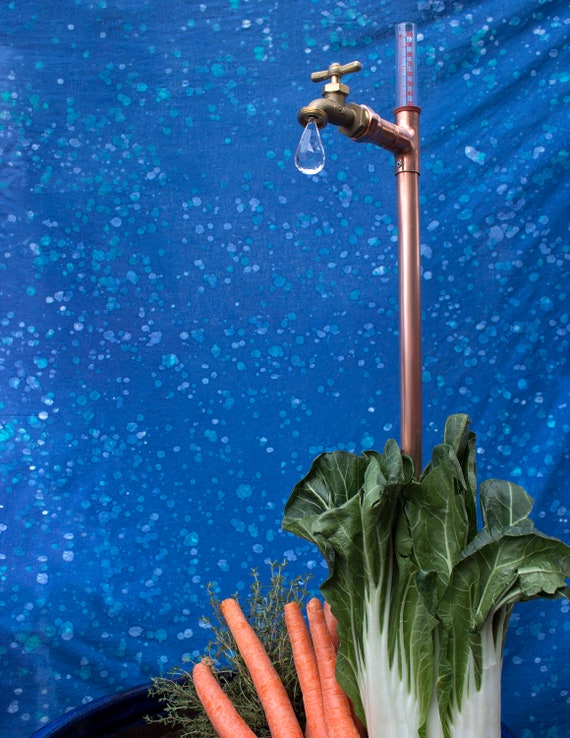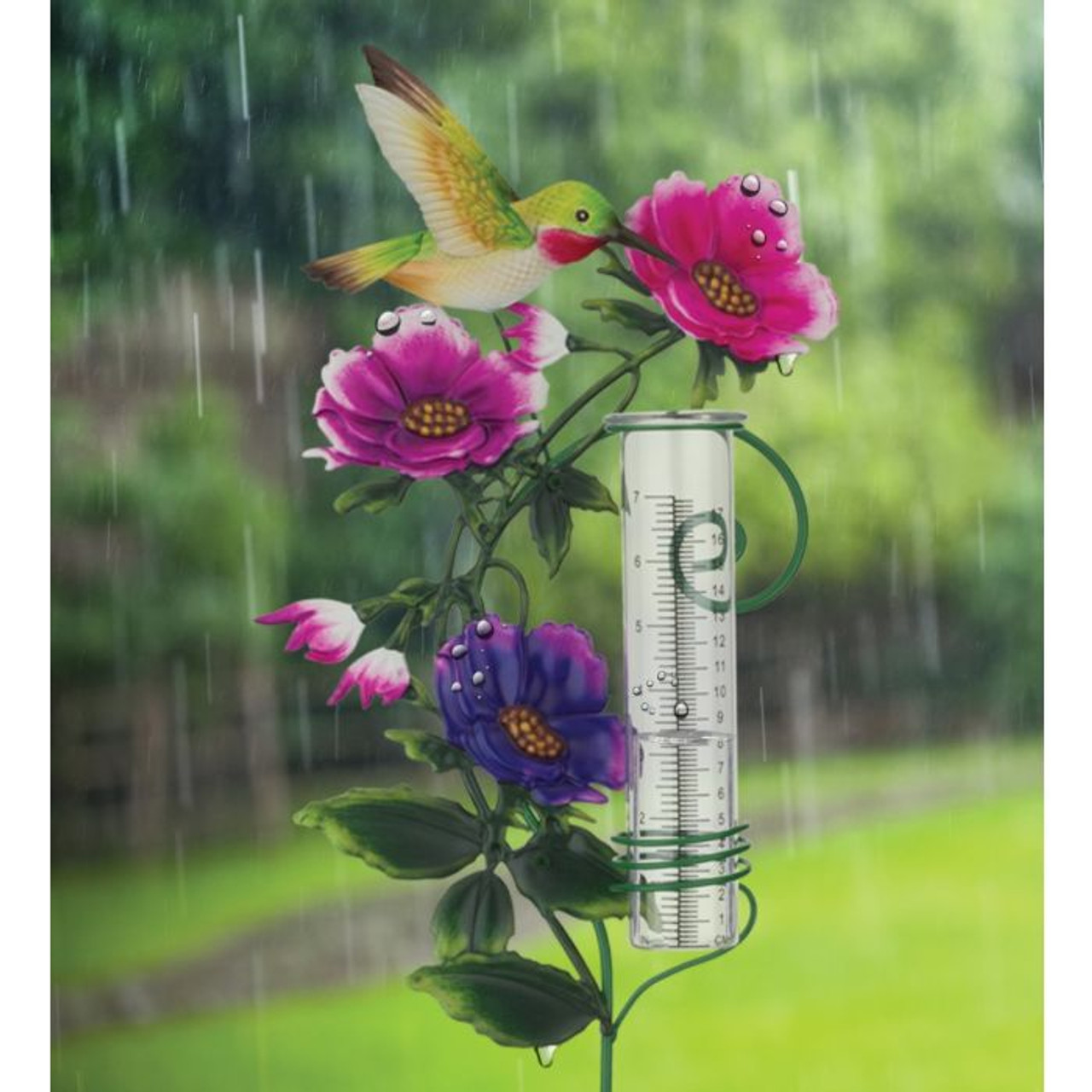The Rain Gauge: Essential Details and Ideal Practices for Climate Fanatics
Wiki Article
Just How to Pick the Right Rainfall Scale for Accurate Rain Information
To acquire trustworthy measurements, it is necessary to select the right rain scale. Thinking about factors such as area, type, and precision of the rain scale will aid make sure precise information collection. Additionally, recognizing the maintenance and calibration treatments will add to the longevity and integrity of your rain scale.Significance of Picking the Right Rainfall Scale
The value of choosing the best rain gauge hinges on obtaining reliable and exact rains data for precise atmospheric analysis. Rain data is vital for a variety of applications, including weather condition forecasting, hydrological modeling, and environment study. Undependable or incorrect information can bring about erroneous verdicts and flawed decision-making processes.
Second of all, the precision and precision of the rainfall scale are vital. The gauge should have the ability to determine rains with high precision, catching even little amounts of rainfall accurately. It must additionally reduce mistakes as a result of dissipation, wind, and various other ecological factors. Normal calibration and maintenance are vital to guarantee ongoing precision.
Additionally, the location and installation of the rain scale are crucial factors to consider. It should be positioned in an open area, far from obstructions that might influence rainfall dimensions. The gauge must be placed at a suitable elevation and angle to avoid spilling and ensure appropriate catchment of rain.
Elements to Take Into Consideration When Choosing a Rainfall Scale
When selecting a rainfall scale, there are several crucial factors to think about. These variables can considerably influence the accuracy and dependability of the rains information collected. The very first variable to consider is the type of rainfall scale. There are various types offered, consisting of standard rain assesses, tipping bucket rainfall determines, and weighing rain assesses. Each kind has its very own benefits and negative aspects, so it is essential to choose one that best suits your certain needs and demands.Another variable to take into consideration is the material of the rain gauge. Rainfall evaluates can be made from different materials, such as plastic, glass, or metal. The material picked need to be immune and resilient to climate condition, making sure that the rain gauge will hold up against the elements and provide accurate dimensions gradually.
Accuracy is also a crucial factor to take into consideration. Try to find rain evaluates that have been adjusted and checked for accuracy. Attributes such as anti-splash rings and funnels can additionally enhance the accuracy of the dimensions.

Last but not least, take into consideration the climate and setting in which the rainfall scale will certainly be utilized. Various rain determines appropriate for different environments, so it is very important to choose one that is proper for the problems in your area.
Different Kinds of Rain Assesses Readily Available
To even more discover the factors to think about when picking a rain gauge, it is vital to understand the various sorts of rain evaluates readily available. There are several types of rainfall gauges, each with its own advantages and downsides. One of the most common type is the common rainfall gauge, also called the round rainfall scale. This type includes a straight-sided round container with a funnel-shaped top. It is easy to utilize and supplies exact dimensions of rainfall.Another type of rain scale is the tipping container rainfall scale. This gauge uses a seesaw-like system to gather and determine rains. As the rainfall falls under the gauge, it fills up one side of the pail, creating it to tip and clear the water. The number of tips is counted online to establish the quantity of rainfall. Tipping bucket rainfall assesses are popular for their precision and capability to determine rains strength.
A third kind of rainfall gauge is the considering rainfall gauge. This gauge utilizes a balance system to determine the weight of the accumulated rainfall. As the rain comes under the gauge, it is accumulated in a container linked to a balance. The weight of the water is measured, and the rains amount is determined based on the weight. Weighing rainfall assesses are extremely precise but can be more expensive and require routine maintenance.
Ultimately, there are additionally remote rain assesses that use advanced technology to determine rainfall (The Rain Gauge). These assesses use sensing units and transmitters to send data wirelessly to a central system. Remote rainfall evaluates are hassle-free for checking rainfall in hard-to-reach areas or for large data collection
Exactly How to Determine the Precision of a Rain Scale
One method to assess the accuracy of a rainfall scale is by conducting regular calibration dimensions. Calibration includes contrasting the readings of a rain scale to a common measurement, such as a qualified rainfall gauge or a weather condition station with high precision. By contrasting the dimensions, any kind of discrepancies or mistakes in the rain gauge can be determined and made up.To conduct a calibration dimension, beginning by collecting rainfall data from both the rainfall scale and the basic measurement gadget over a certain period, such as a month. Compare the readings and calculate the difference between them. This distinction is recognized as the calibration mistake.
It is very important to keep in mind that calibration measurements ought to be performed routinely, as environmental factors, such as wind, temperature, and debris, can influence the accuracy of the rain scale in time. By conducting normal calibrations, any type of changes in the precision of the rain gauge can be identified and modifications can be made accordingly.
Along with calibration, it is likewise advised to tidy and maintain the rainfall gauge consistently to ensure its accuracy. Get rid of any type of particles or obstructions that may influence the precision of the measurements, and look for any type of indicators read here of damage or wear that might require repairs or substitute.
Tips for Maintaining and Calibrating Your Rain Scale
Normal maintenance and calibration are important for making sure the accuracy and check out here reliability of your rainfall gauge in determining rains information (The Rain Gauge). By following a couple of simple pointers, you can guarantee that your rainfall scale is correctly kept and calibratedFirst of all, it is vital to clean your rain scale routinely to stop any kind of debris or dirt from blocking the rain collection device. Make use of a mild detergent and a soft brush to gently clean the inside and outside of the scale. Wash it extensively with clean water and allow it to dry totally prior to re-installing it.
Second of all, it is recommended to calibrate your rain gauge a minimum of annually. Calibration involves comparing the measurements of your rainfall scale with those of a relied on and exact reference gauge. This will assist you determine and deal with any kind of potential mistakes in your rainfall scale's dimensions.
To adjust your rainfall scale, collect a known volume of water using a measuring container and compare it investigate this site with the dimensions taped by your rain scale. Change the analyses appropriately to guarantee accuracy.

Verdict
In final thought, picking the right rain gauge is crucial for acquiring precise rains information. Factors such as place, function, and spending plan must be taken into consideration when choosing a rain gauge.There are different types offered, consisting of basic rain evaluates, tipping bucket rain assesses, and considering rainfall determines.To better explore the elements to think about when selecting a rain scale, it is important to recognize the various types of rainfall assesses available. The most typical kind is the basic rain scale, likewise understood as the round rain scale.An additional kind of rain gauge is the tipping bucket rainfall scale. Calibration includes comparing the readings of a rainfall gauge to a common measurement, such as a certified rain scale or a weather condition station with high accuracy.
Report this wiki page